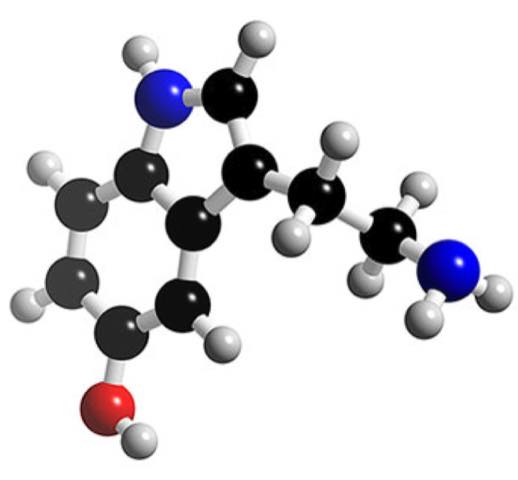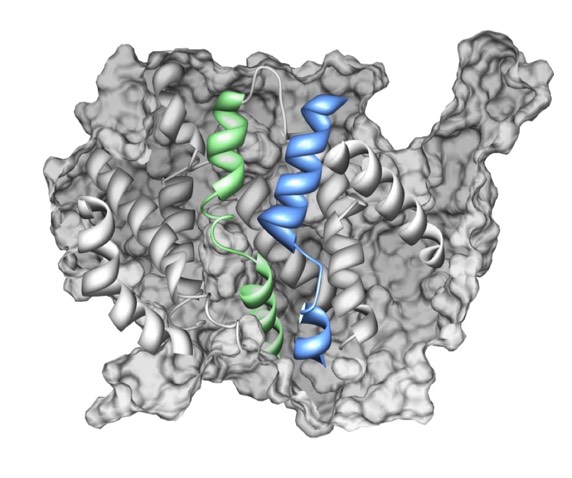Structure
 Synaptic transporters are vital for maintaining the ability of nerve cells and glia to use chemical messengers to communicate with one another. Over the past two decades, my lab has focused on various aspects of transporter structure and protein interactions that permit a precise localization of these proteins and their functional regulation to support the highly dynamic process of chemical neurotransmission. We know now that transporters are shuttle to synaptic areas via structural motifs in cytosolic domains and that other motifs participate in localizing transporters to membrane micro domains and controlling whether more or less transport function is available.
Synaptic transporters are vital for maintaining the ability of nerve cells and glia to use chemical messengers to communicate with one another. Over the past two decades, my lab has focused on various aspects of transporter structure and protein interactions that permit a precise localization of these proteins and their functional regulation to support the highly dynamic process of chemical neurotransmission. We know now that transporters are shuttle to synaptic areas via structural motifs in cytosolic domains and that other motifs participate in localizing transporters to membrane micro domains and controlling whether more or less transport function is available.  These motifs support the complex and dynamic interactions that transporters have with associated proteins that in turn insure proper localization and activity. We have identified multiple human mutations in these domains for various transporters and study the impact these mutations have on transporter structure, function and regulation so as to gain a glimpse into mechanisms that can support disease risk. I am also fascinated by the impact that natural genetic variation in transporter structure plays in sculpting synaptic function in animals and humans. Such variation provides a rich opportunity to understand molecular networks that control and respond to subtle and not so subtle changes in transporter structure.
These motifs support the complex and dynamic interactions that transporters have with associated proteins that in turn insure proper localization and activity. We have identified multiple human mutations in these domains for various transporters and study the impact these mutations have on transporter structure, function and regulation so as to gain a glimpse into mechanisms that can support disease risk. I am also fascinated by the impact that natural genetic variation in transporter structure plays in sculpting synaptic function in animals and humans. Such variation provides a rich opportunity to understand molecular networks that control and respond to subtle and not so subtle changes in transporter structure.
